Menna Abdel Razek
A severe economic crisis that Lebanon is going through following the repercussions of the coronavirus, followed by the collapse of the Lebanese pound against the dollar to the level of 4,000 pounds against one dollar, to intensify the crisis between Hezbollah and the Governor of the Bank of Lebanon Riyad Salama, given the party’s desire to seize the last remaining foreign exchange in the country.
The country recently witnessed protests triggered by Hezbollah because of the rise in commodity prices due to the lockdown, following the outbreak of the coronavirus and the low purchasing power of citizens.
The beginning of the crisis
The new crisis started when the Lebanese Central Bank issued new instructions at the end of last April, mainly preventing Hezbollah from reaching the remaining dollar reserves through the money changers loyal to it.
Those instructions aim to enable the central bank to seize foreign currency reserves instead of Hezbollah and its parallel economy through its banks and financial institutions, led by the Good Loan Foundation, which is the main institution in Hezbollah’s financial dealings, despite its classification on the terrorism list.
This past September, Lebanon suffered from a shortage of the US dollar, and the need for depositors not being met.
There are about 300 banks, including banks linked to Hezbollah, that control the Lebanese foreign exchange market, and control the dollar exchange rate in their favor, including the Halawi Group, which is based on terrorist lists From the US Treasury Department, for accusing it of laundering money for Hezbollah.
Control of the bank
Last March, the Middle East and North Africa Geopolitical Center for Strategic Studies and Research published a research entitled “Hezbollah’s Project to Control Lebanon’s Economy and Banking Sector”, indicating that the multiple attacks against Riad Salameh, Governor of the Central Bank of Lebanon, are only a plan to try Hezbollah’s takeover of the bank, paving the way for a change in Lebanon’s identity, its free economic face, and thus its subordination to the Iranian project.
The research warned against a systematic plan to undermine Riad Salama, and to overthrow him after the party failed to subjugate it
The party is trying to replace the role of the Lebanese banking system with its two sides, the Bank of Lebanon and commercial banks to the monetary economy, as well as control all the joints of the economic state, and thus control the monetary block.
Banking information estimated the size of this block at more than six billion US dollars, to which about seven thousand billion Lebanese pounds are added, and Hezbollah is looking to benefit from this huge amount by employing it in its economic and commercial system.
Hanin Ghaddar, a researcher with the “Washington Institute”, said in a research entitled “Hezbollah targeting the Bank of Lebanon” published in May, that what the party wants now is to replace the dilapidated financial and banking system with its parallel system based on the monetary economy.
This would enable it to control all the cash that is currently in the hands of the Lebanese people, especially since the Bank of Lebanon has great assets.
It has two profitable companies and vast lands, and it has 13 billion dollars of gold stored in the Federal Reserve Bank in New York, she added.

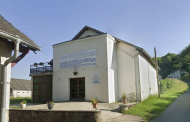
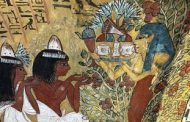
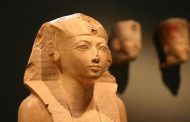
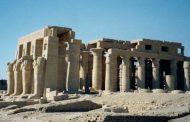
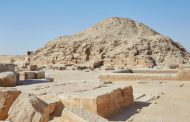
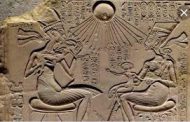
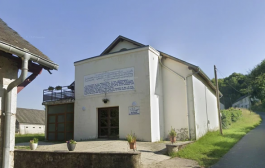
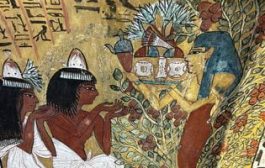
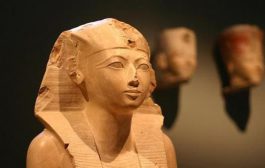
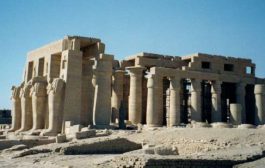
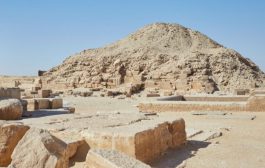












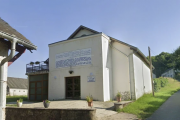
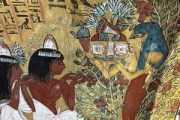
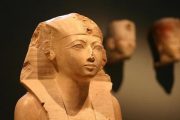
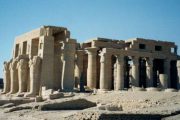
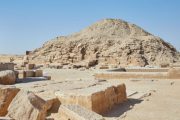

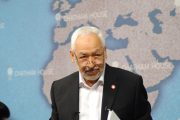

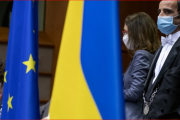

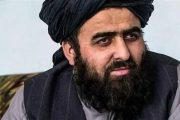

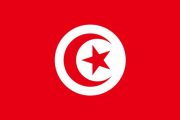

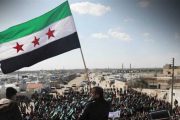
admin in: How the Muslim Brotherhood betrayed Saudi Arabia?
Great article with insight ...
https://www.viagrapascherfr.com/achat-sildenafil-pfizer-tarif/ in: Cross-region cooperation between anti-terrorism agencies needed
Hello there, just became aware of your blog through Google, and found ...